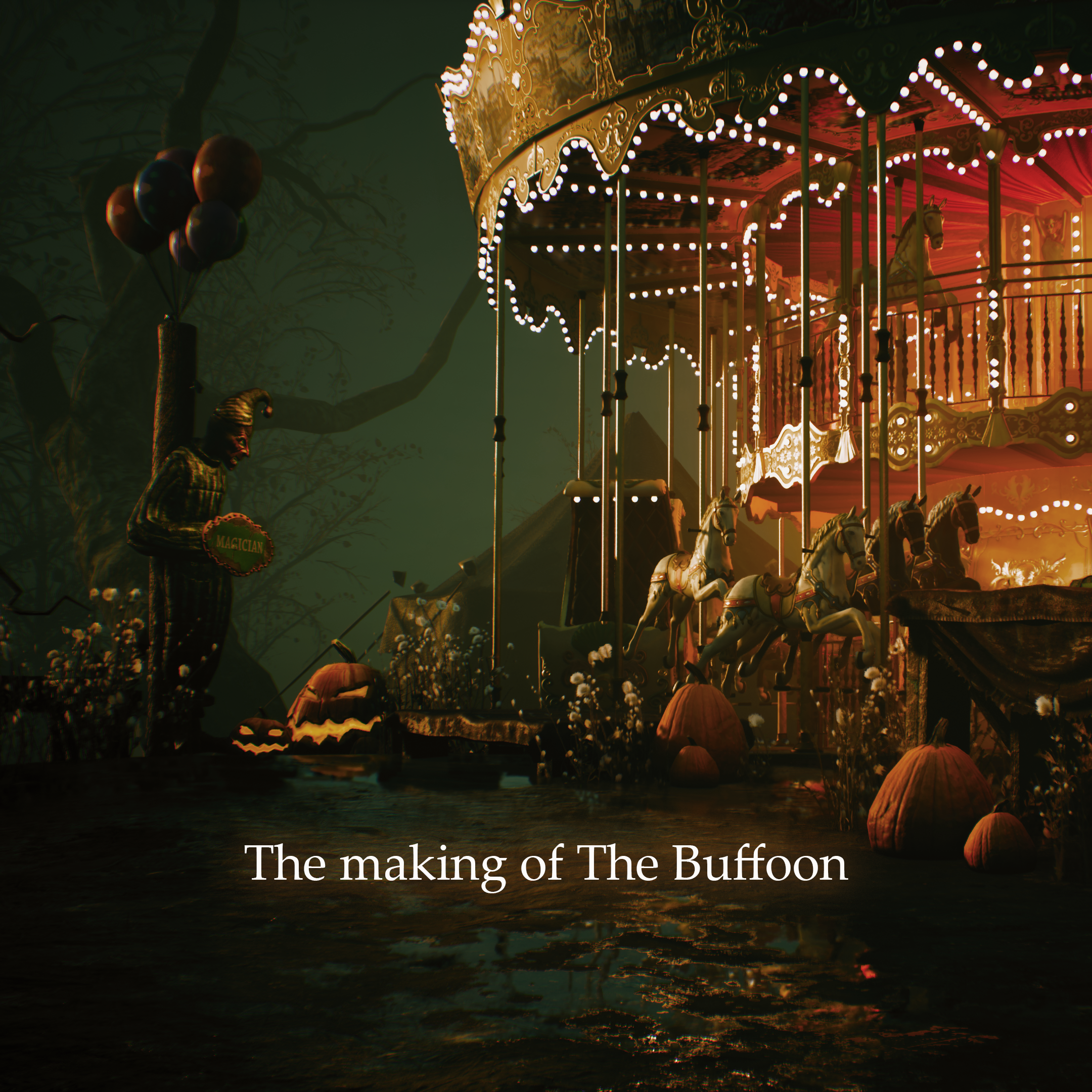Lighting Design: Victorian Interior
This is my third interview with 80lvl talking about my lighting design for victorian interiors.

Projects
I initially saw my friend B.O.W’s work of the Victorian House at his ArtStation here. He is a fan of Resident Evil, but I feel the scene will suit my recent lighting study perfectly. I am always fascinated by stage lighting and oil paintings, which is why I am so much into games with gothic/Victorian styles, such as Bloodborne and Dark Souls. So I asked my friend B.O.W to see if I could use his work, but give the place a completely different atmosphere. For this practice, I just wanted to challenge myself and see how far I could push the different atmosphere via lighting in the same scene in a unique way.

Victorian House
The first practice refers to some concept art from Dark Souls and Bloodborne. I am glad you feel my lighting delivers this style. I would like to start my scene with a simple lighting setup. Keeping both sky and direct light sources stationary and using static light for an extra flavor of detail. Again I would like to refer to a very good lighting tutorial made by my mentor Tilmann Milde. I use the same way for bake settings in the beginning.
In my opinion, the secondary light saturation on the light entity is a very interesting setting. I love playing with it to achieve saturation light color for the secondary bounce effect.
However, it might not work well on a mat surface like velvet. In this case, I use capture Cubemap to mimic the bounce and push the detail further via adjusting the exposure after I complete the lighting setup.

In addition to the surface, there are many other media that deliver light as well. The moonlight effect in my scene is actually very simple, it is my soft direction of light coming through the glass roof. What makes it visible is the volumetric fog.


As you mentioned earlier, this shot includes both background and foreground. Instead of lighting everything and flatting the scene with bright spots everywhere, I lighted the fog in the background and kept the foreground visible. There are only a few spotlights for the flowers and the sculpture in the center yard. I believe telling the volume of each object could make the scene more interesting, it also layers the scene and enhances the depth of field.
Autumn Leaves
The Autumn Leaves I. is the most time-consuming practice I’ve done so far. It only has 7-9 artificial light sources. The challenge was how to deal with the secondary bounce. I have used the HDR sky texture plus a portal to introduce the natural bounce light outside the window and spent lots of time tweaking the location of my sphere capture in Unreal. The library of Glasgow school of art inspired me a lot for this lighting setup.

The Autumn leaves II is purely an experiment of my personal interest, I see the gloomy and sunny weather very often in England, so it’s basically inspired by my everyday observations. Another reference I used for the secondary lighting bounce study is a painting by Edgar Degas. In contrast to B.O.W s work, this scene has more mat surface to play with the secondary light bounce, I slightly boosted the saturation for my secondary bounce light here, and pushed the sky texture into a more blue tone. That’s how I got the warm main light and intensive sky bouncing near the window area.

From the lighting design to the setup, I believe every project could be different, sometimes making all the detail visible might not be a good idea. However, it is very important to keep the consistency of lighting intensity. Controlling the exposure and tone mapper from the beginning helped me avoid any potential risk in the post process. I prefer to identify the brightest point and darkest point in my scene as early as possible, and those two areas are my reference when adjusting exposure. I normally lock down my exposure after the material and basic environment light setup (sky and directional light), this will give me a good base for pushing any detail and effect further while polishing my scene.




